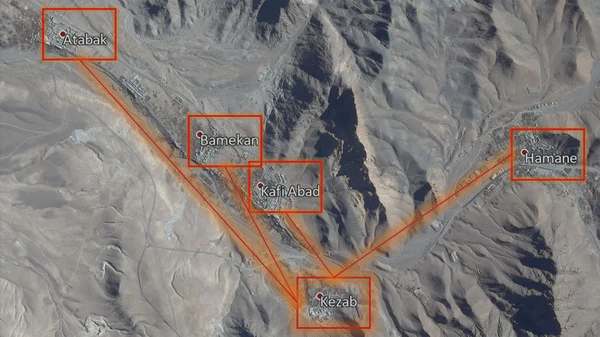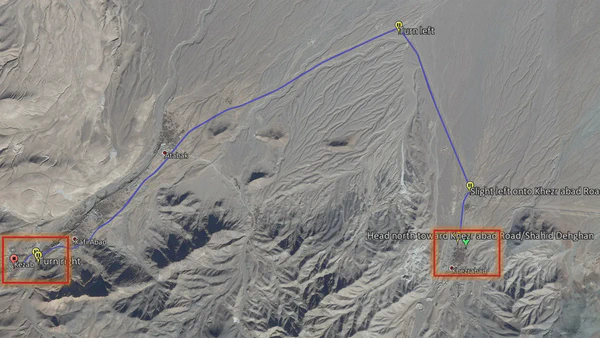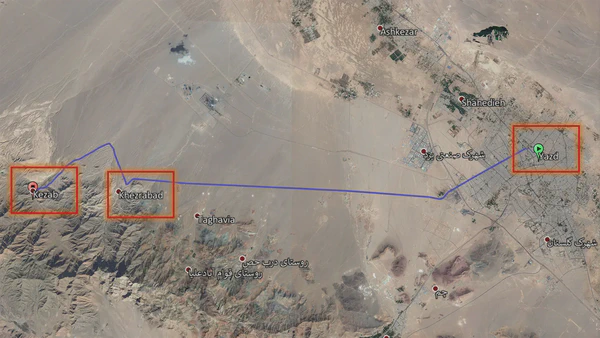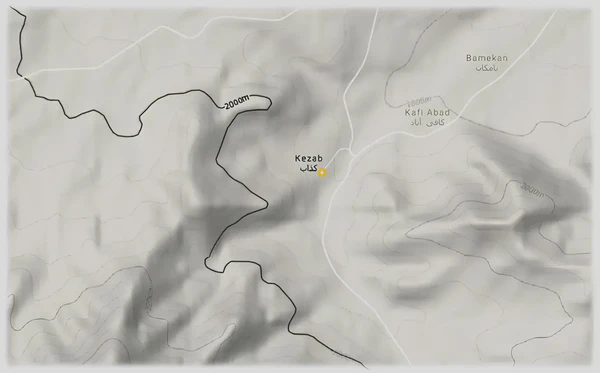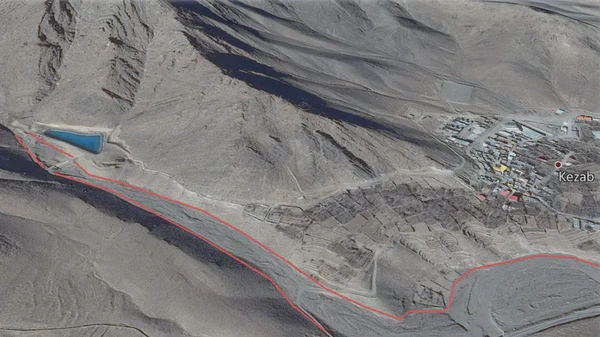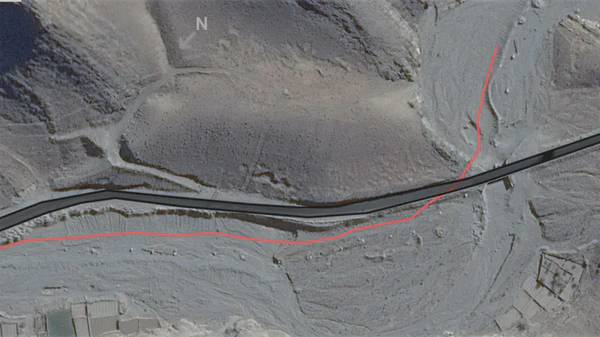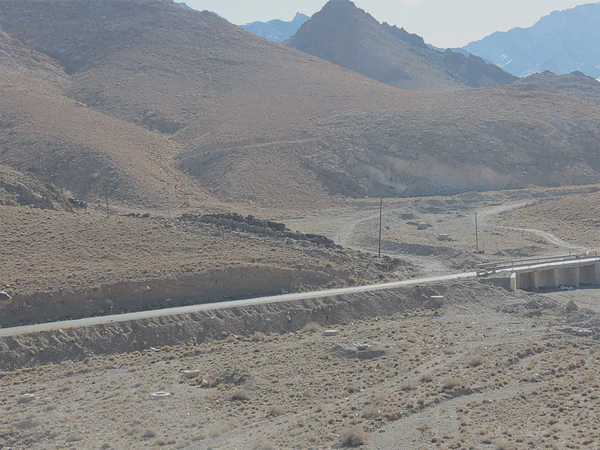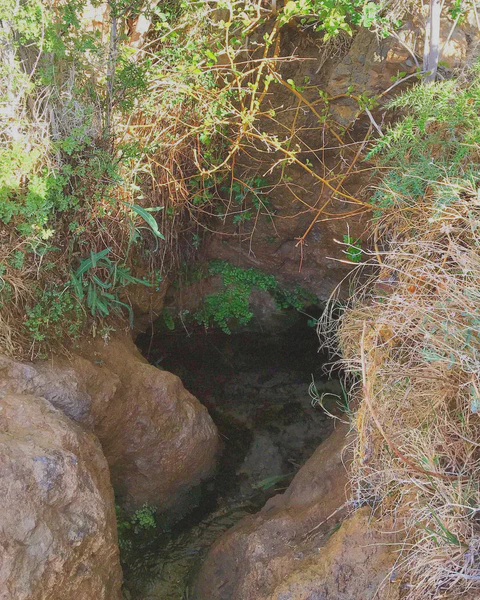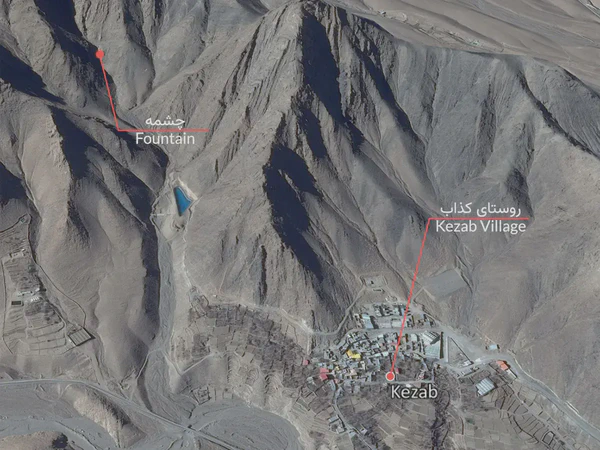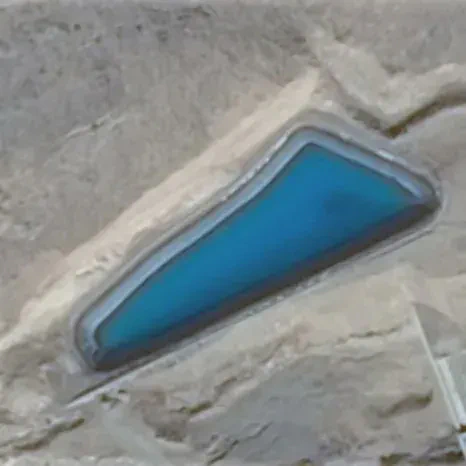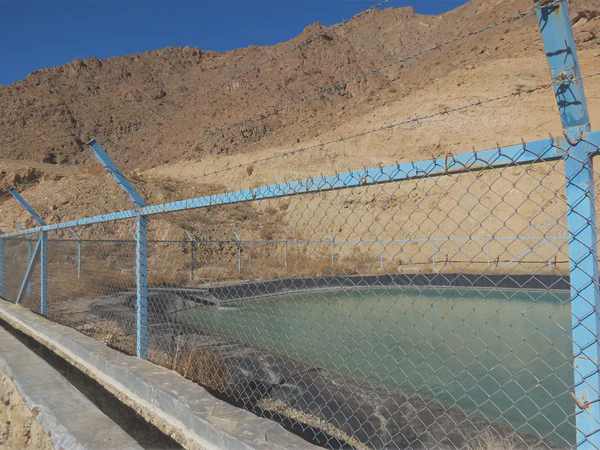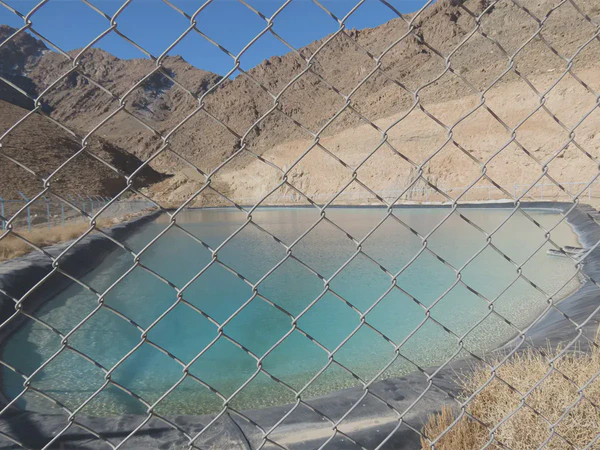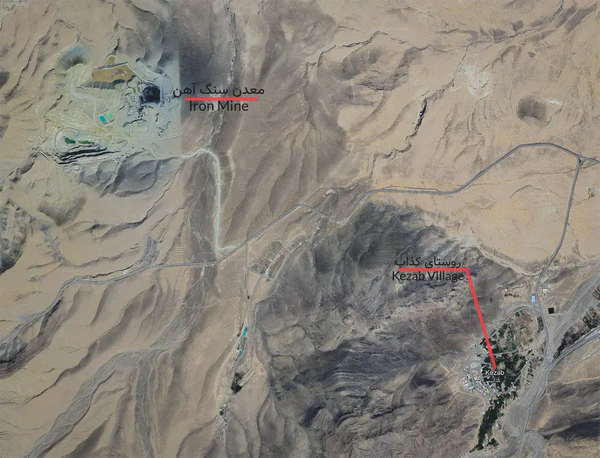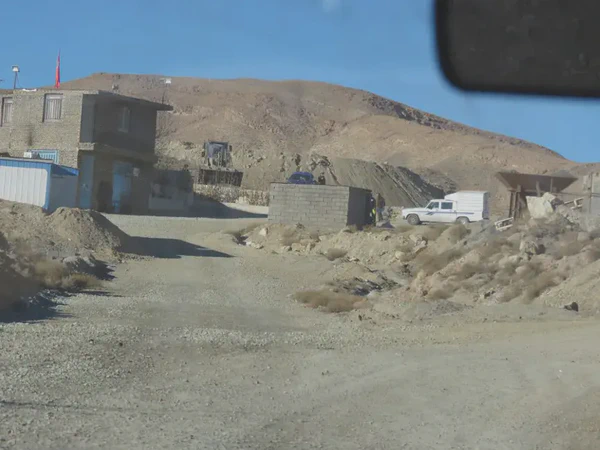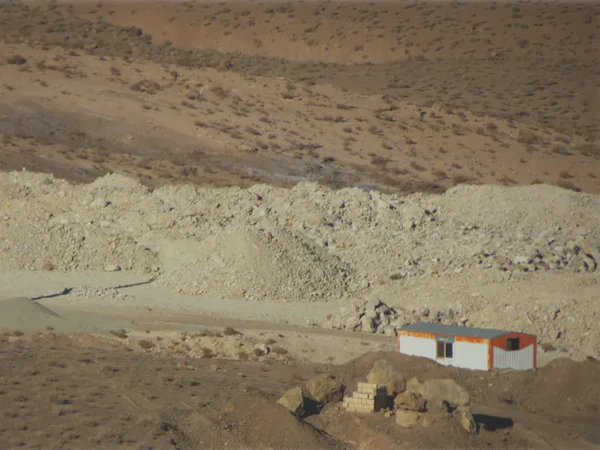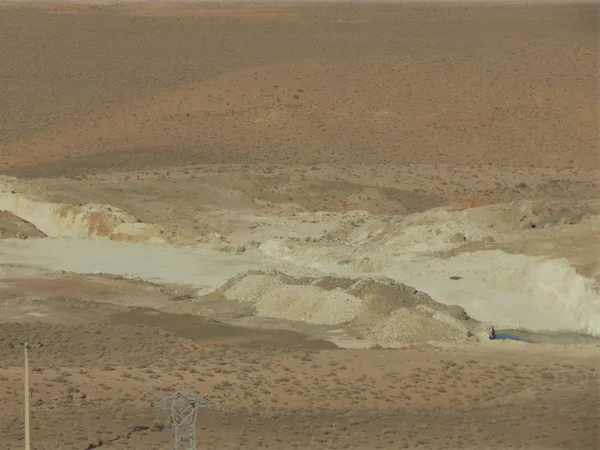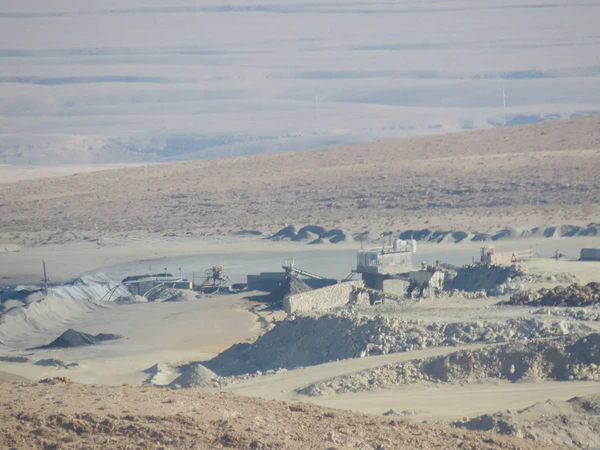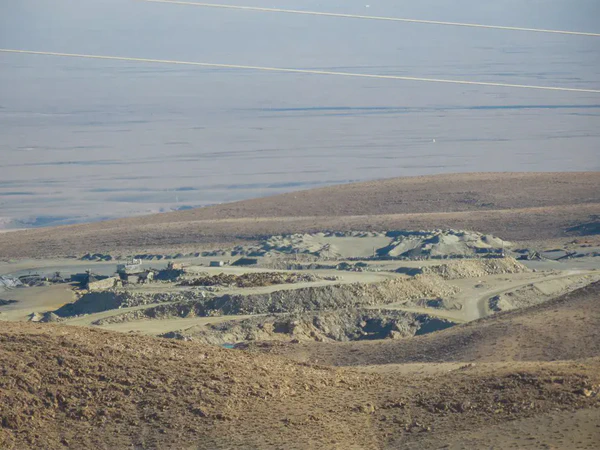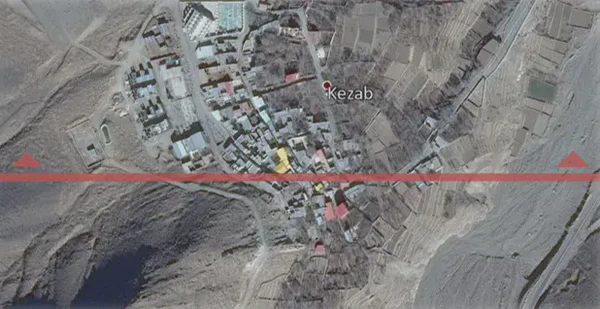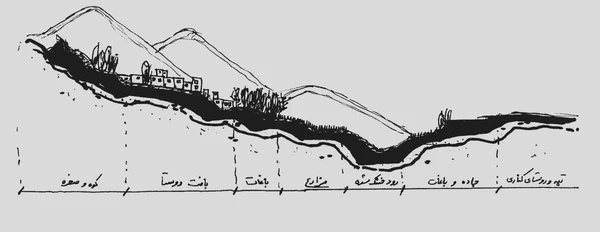About Kezab Village
Brief Introduction of the Area
| Province | County | District | Rural District | City | Village |
|---|---|---|---|---|---|
| Yazd | Ashkezar | Khezrabad | Khezrabad | Kezab | Kezab |
Kezab was historically known as “Ker-e Ab,” meaning “abundance of water.”
Location and Connectivity
| Route from Kezab Village to | Distance | Time |
|---|---|---|
| Yazd City Center | 51 km | 1 hour |
| Khezrabad Rural District | 12.6 km | 30 minutes |
| Kafi Abad | 1.7 km | — |
| Hamaneh | 2.8 km | — |
| Bamakan | 1.9 km | — |
| Atabak | 3.5 km | — |
Topography
| Elevation Above Sea Level | Climate | Soil Type |
|---|---|---|
| 1860 meters | A mix of cold mountainous and hot desert | Igneous rock on the upper side, desert soil with clay lower down |
Climatic Conditions
The following tables refer to the Meybod station, which is nearest to Kezab. Due to the village’s mountainous location, it is colder in winter compared to Meybod.
By analyzing wind direction in Kezab, which blows from the mountains (northeast) towards the village (southwest), we can see that most building openings face northwest and southeast. The mountains sheltered the town, protecting it from the harsh, cold winds.
Temperature Levels
| Maximum Temperature in the Last 100 Years | Minimum Temperature in the Last 100 Years |
|---|---|
| +56°C in 1919 | -18°C in 2007 |
Rainfall Levels
| Maximum Rainfall in the Last 100 Years | Minimum Rainfall in the Last 100 Years |
|---|---|
| 50 mm in 2024 | 0 mm in most months |
Wind Speed Levels
| Maximum Wind Speed in the Last 100 Years | Minimum Wind Speed in the Last 100 Years |
|---|---|
| 28 m/s in 2014 | 9 m/s in 2012 |
Water Sources
River
The main reason for the formation of this village was a once-abundant river that provided water to about seven villages. However, the river dried up approximately 50 years ago, and now Kezab relies solely on a spring for drinking water and agriculture. The river was seasonal and prone to flooding in late winter, prompting the construction of an earthen dam, which has since been reinforced with concrete.
Qanat
After the seasonal river dried up, the village faced severe water shortages. To address this, Qanats were built at the base of the dried river, allowing access to underground water.
Spring
Another key reason for the village’s establishment is the presence of a spring in the mountains above the village. This spring, fed by melted winter snow, provides a continuous water supply, supporting drinking and agriculture in nearby villages.
Water Storage Pool
Recently, a water storage pool was built to help alleviate severe water shortages for agriculture in the village. The pool collects water during the winter and is used during other seasons. When the spring water isn’t used for agriculture, it’s directed into this pool. Its capacity meets the summer agricultural needs of Kezab village.
Iron Ore Mine
There is also an iron ore mine near the village.
